The Western genre was defined at the dawn of cinema by legendary filmmakers like John Ford, Henry King, and Sergio Leone, and essential films including The Great Train Robbery, Stagecoach, and The Good, the Bad and the Ugly. During the Golden Age of Hollywood, iconic stars like John Wayne, Randolph Scott, and Gary Cooper solidified Westerns as one of the most popular film genres and was successfully carried on by modern gunslingers including Clint Eastwood and Lee Van Cleef.
There is an endless list of actors who made their mark with Western movies, but a few classic film stars like Glenn Ford, Jimmy Stewart, and Gregory Peck were crucial players in shaping the classic genre. From Robert Mitchum to John Wayne, these are 10 actors who were pioneers of the Western genre!
10Robert Mitchum
![Robert Mitchum standing alone in El Dorado]() Image via Paramount Pictures
Image via Paramount Pictures
Robert Mitchum is universally recognized for his antiheroes and film noir roles in classics like The Night of the Hunter and Out of the Past, but the actor was also successful in the Western genre. Born in Connecticut, Mitchum moved to Hollywood in the 1930s and was encouraged by his sister, Julie, to join a local theater group with her. After taking on numerous roles as an extra and minor parts, he signed a contract with RKO Pictures where he starred in a series of B-Westerns.
RELATED:The Best Western Movies For Newcomers, According To Reddit
Mitchum may have been the soul of film noir, but he continued to appear in several popular Western films including The Lusty Men, The Way West, and River of No Return alongside Marilyn Monroe and Howard Hawks‘ El Dorado with John Wayne and James Caan. He also served as the narrator in the 1993 modern Western, Tombstone, starring Kurt Russell, Sam Elliott, Val Kilmer, and Bill Paxton.
9James Stewart
![Jimmy-Stewart- With-Cigar- In-Shenandoah]() Image via Universal Pictures
Image via Universal Pictures
Jimmy Stewart is known for his distinctive drawl and playing good ole’ boy roles specifically as George Bailey in the classic Christmas film, It’s a Wonderful Life, but he also appeared in several epic Westerns that earn him a spot on the list. Stewart started acting while attending Princeton University and after graduation, he appeared on Broadway before earning his breakthrough role in Frank Capra‘s comedy, You Can’t Take It With You.
Stewart starred in several signature Westerns including How the West was Won, Winchester ’73, and most famously, The Man Who Shot Liberty Valance starring Wayne and Lee Marvin. He reunited with Wayne for what turned out to be his co-star’s final film, The Shootist, and also provided the voice for Wylie Burp in Steven Spielberg‘s animated Western, An American Tail: Fievel Goes West.
8Gregory Peck
![Gregory Peck holding coffee mug in The Gunfighter]() Image via 20th Century Studios
Image via 20th Century Studios
In the 1940s, Gregory Peck was one of the most popular stars in Hollywood and while he’s initially recognized by most for his role as Atticus Finch in To Kill a Mockingbird, he also starred in a series of essential Westerns throughout his career. Peck studied at the Neighborhood Playhouse in New York City and appeared in over 50 stage productions including several on Broadway. He started his film career in other genres and popular films including Alfred Hitchcock‘s Spellbound and The Yearling.
Peck took his first “against type” role as a cruel cowboy in the 1946 Western, Duel in the Sun and started the 1950s off with what would become one of his most famous Westerns, The Gunfighter. His performance earned him an offer for the lead role in High Noon, but he turned it down out of fear of being typecast as a Western star. Despite his concerns, Peck continued to appear in Westerns including The Bravadoes and How the West Was Won.
7Henry Fonda
![Henry Fonda in My Darling Clementine]() Image via 20th Century Studios
Image via 20th Century Studios
Henry Fonda was a successful Broadway star who made his silver screen debut in the 1935 film, The Farmer Takes a Wife, with Janet Gaynor. He appeared in the romantic Western, The Trail of the Lonesome Pine, which was the first Technicolor movie filmed outdoors, and went on to star in other Westerns like Jesse James and Drums Along the Mohawk directed by John Ford. After serving in World War II, Fonda returned to Hollywood where he reunited with Ford in the Western, My Darling Clementine as Wyatt Earp.
RELATED:10 Actresses Who Were Pioneers Of The Western Genre
Fonda starred in several more Westerns including The Tin Star, Fort Apache with John Wayne and Shirley Temple, and The Ox-Bow Incident. Known for his humble, good guy persona, Fonda eventually took on darker roles later in his career most notably as the merciless villain in the 1962 star-studded movie, How the West Was Won, which is considered one of the best Western movies of all time.
6Lee Van Cleef
![Lee Van Cleef in The Good, the Bad and the Ugly]() Image via United Artists
Image via United Artists
Known for his piercing eyes and chiseled bone structure, Lee Van Cleef was a Spaghetti Western star who appeared in over one hundred and fifty movies and is most famous for his role as the villainous outlaw, Angel Eyes from The Good, the Bad and the Ugly. Born in New Jersey, Van Cleef performed in various regional theater productions before making his first feature film appearance in the Oscar-winning Western, High Noon.
After being in a major car accident, Van Cleef sustained serious injuries and his career started to decline but in 1965, Italian director, Sergio Leone, offered him the co-lead role in For a Few Dollars More alongside Clint Eastwood. He continued to work with Leone appearing in all the Dollar Trilogy films and also starred in other Spaghetti Westerns including Death Rides a Horse, The Grand Duel, and Day of Anger.
5Gary Cooper
![Will Kane in High Noon]() Image via United Artists
Image via United Artists
Gary Cooper was a silent Western film star who was known for his strong and quiet on-screen persona that symbolized the ideal American hero. Cooper initially started his film career as an extra and stunt rider before earning more substantial roles and by 1927, he appeared in his first lead roles in two Westerns; Arizona Bound and Nevada. He was one of few stars who successfully transitioned into the Talkies and reached pinnacle star status after releasing his first talking picture, The Virginian.
By the 1940s, Cooper expanded into other genres starring in classic movies such as The Pride of the Yankees and Mr. Deeds Goes to Washington, while continuing to appear in Westerns. Out of all of Cooper’s Western films, he’s widely remembered for his iconic performance in the Western film, High Noon, which earned him his second Academy Award win for Best Actor.
4Glenn Ford
![Glenn Ford sitting at a table in handcuffs in 3:10 to Yuma]() Image via Columbia Pictures
Image via Columbia Pictures
Glenn Ford could draw and fire a gun in 0.4 seconds and was credited as the fastest gun in Hollywood beating out even The Duke and Gunsmoke star, James Arness. At 6 years old, Ford and his family moved from Canada to California where he first started acting in high school productions and working in small theater groups after graduation. He eventually signed a contract with Poverty Row studio, Columbia Pictures, and appeared in his first Western, Texas, co-starring William Holden and Claire Trevor.
RELATED:The 10 Best Westerns Of All Time, According To Rotten Tomatoes
Ford starred alongside Randolph Scott in John Ford’s Western, The Desperadoes, and soon earned lead roles in other famous Westerns including The Americano, The Fastest Gun Alive, and the iconic film,3:10 to Yuma co-starring Van Heflin.In 1978, Ford was inducted into the Western Performers Hall of Fame at the National Cowboy & Western Heritage Museum in Oklahoma for his significant influence and contribution to the Western genre.
3Randolph Scott
![Randolph Scott in Western Union]() Image via 20th Century Fox
Image via 20th Century Fox
Randolph Scott starred in dozens of comedies, dramas, and horror films, but he’s widely credited for his on-screen image as the tall-in-the-saddle Western hero. In the mid-1920s, Scott made his way from Virginia to Los Angeles to pursue an acting career and eventually found work as an extra and minor player in various films including John Ford‘s The Black Watch and The Virginian.
He earned his first major role starring in Paramount’s 1932 film, Heritage of the Desert, which established him as a Western star. Scott went on to star in other Westerns such as The Desperadoes, Western Union, and The Nevadan and made his final film appearance in the 1962 Western, Ride the High Country. In 1975, Scott was inducted into the Western Performers Hall of Fame at the National Cowboy & Western Heritage Museum and also received a Golden Boot Award for his extensive work in the Western genre.
2Clint Eastwood
![Clint Eastwood holding a rifle in Unforgiven]() Image via Warner Bros.
Image via Warner Bros.
Clint Eastwood initially found success starring in the Western television series, Rawhide, but due to the terms of his contract, he wasn’t able to work with any other American studio. When his Rawhide co-star, Eric Fleming, turned down the lead in an Italian Spaghetti Western, A Fistful of Dollars, the role was offered to Eastwood who accepted thinking it would be a nice change from his routine.
Eastwood’s performance as the Man with No Name made him an international star and is considered to be the actor’s signature character. The success of A Fistful of Dollars brought Eastwood more roles and went on to star in both Westerns and non-Western films like Dirty Harry and Kelly’s Heroes. He made his directorial debut with the 1971 psychological thriller, Play Misty for Me, and also produced a string of iconic modern Westerns including The Outlaw Josey Wales, Pale Rider, and Unforgiven which earned him his first Oscar win for Best Director.
1John Wayne
![John Wayne as Ethan Edwards in The Searchers]() Image via Warner Bros.
Image via Warner Bros.
When it comes to Westerns, there isn’t a movie fan out there who doesn’t immediately think of John Wayne. Born in Iowa, Wayne grew up in southern California and never intended to become an actor, but after an injury cost him his football scholarship at USC, he was hired as a prop boy by John Ford. Wayne soon started taking on minor and extra roles before his breakthrough performance in Ford’s classic Western, Stagecoach.
Wayne’s frequent Western roles established him as an American icon as well as one of Hollywood’s most exceptional leading men. His collaborations with Ford including The Searchers, The Man Who Shot Liberty Valance, andShe Wore a Yellow Ribbon are considered to be some of Wayne’s greatest Westerns.He won his one and only Academy Award for Best Actor for his performance as Rooster Cogburn in the 1969 Western, True Grit, which he reprised for a sequel, Rooster Cogburn.
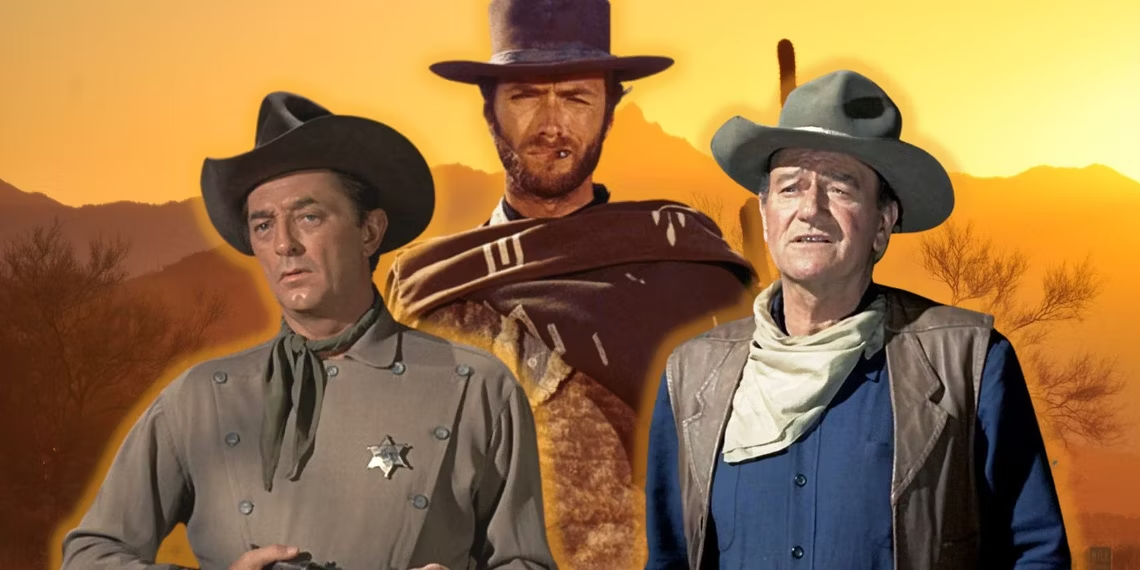

 Entertainment1 year ago
Entertainment1 year ago
 Entertainment1 year ago
Entertainment1 year ago
 Entertainment1 year ago
Entertainment1 year ago
 Entertainment2 years ago
Entertainment2 years ago
 Entertainment1 year ago
Entertainment1 year ago
 Entertainment1 year ago
Entertainment1 year ago
 Entertainment1 year ago
Entertainment1 year ago
 Entertainment1 year ago
Entertainment1 year ago
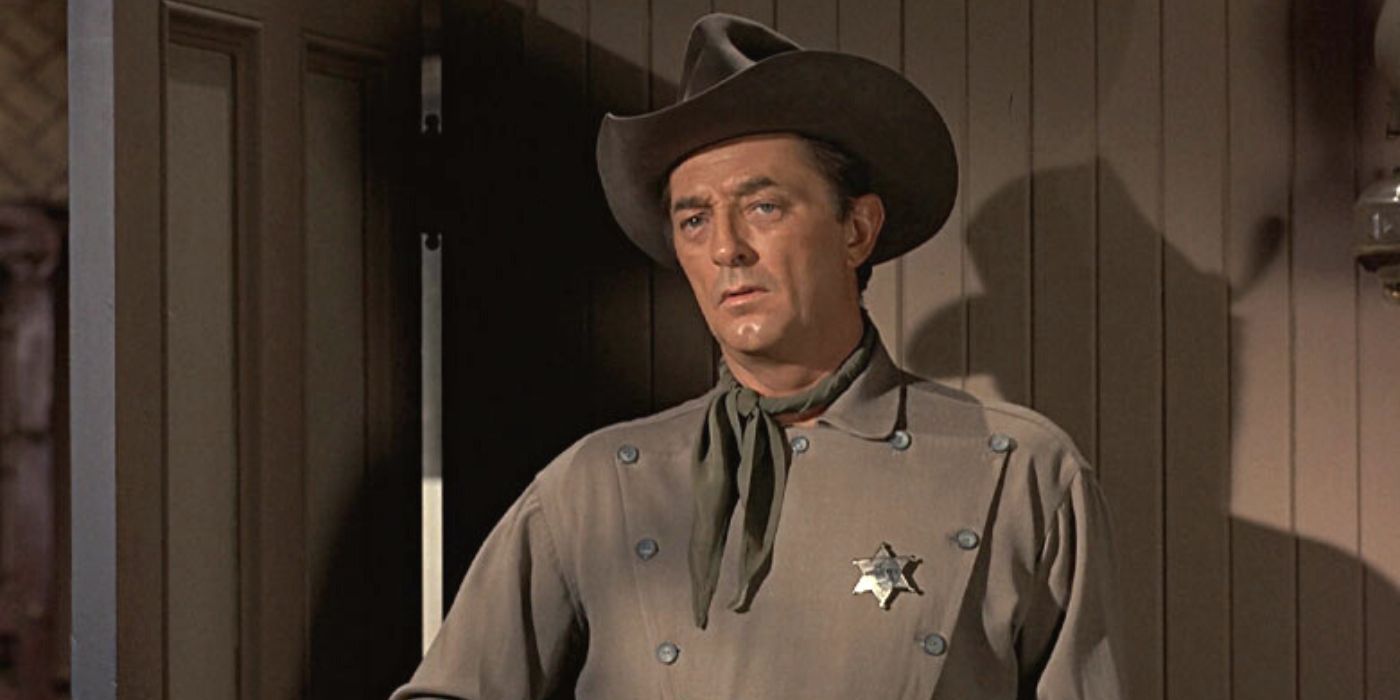 Image via Paramount Pictures
Image via Paramount Pictures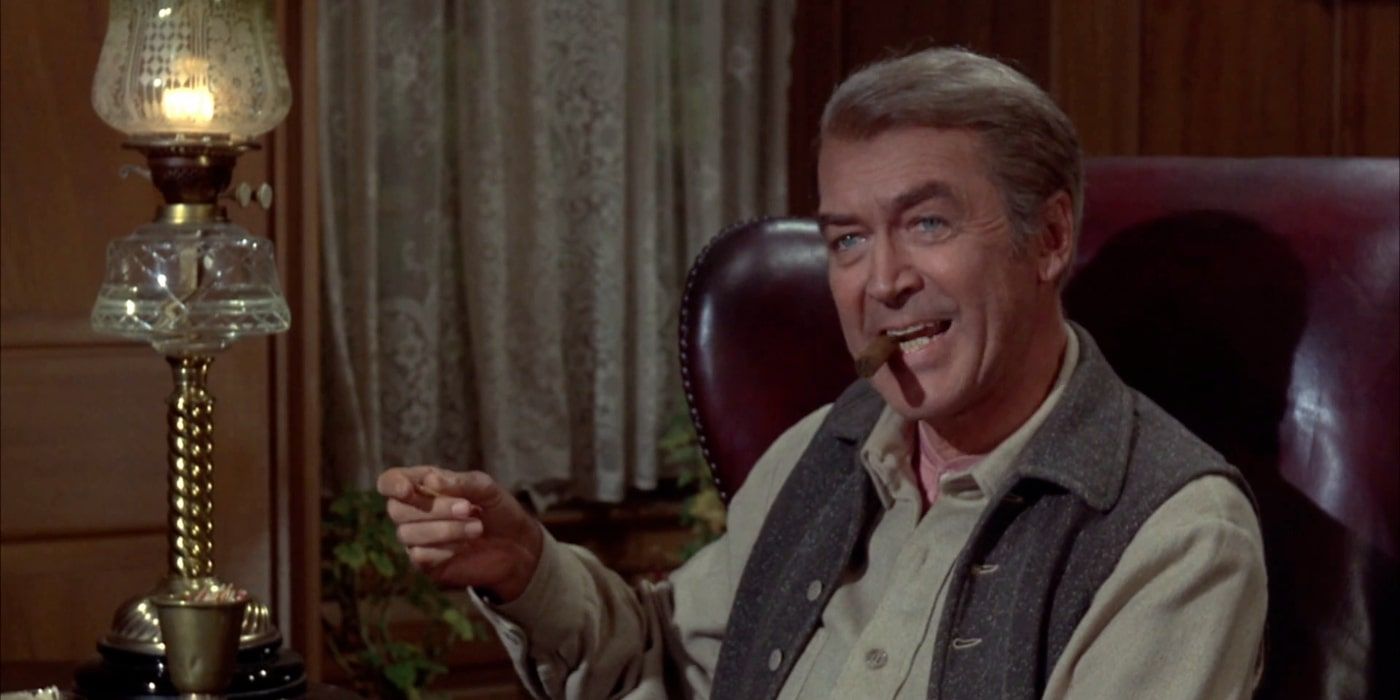 Image via Universal Pictures
Image via Universal Pictures 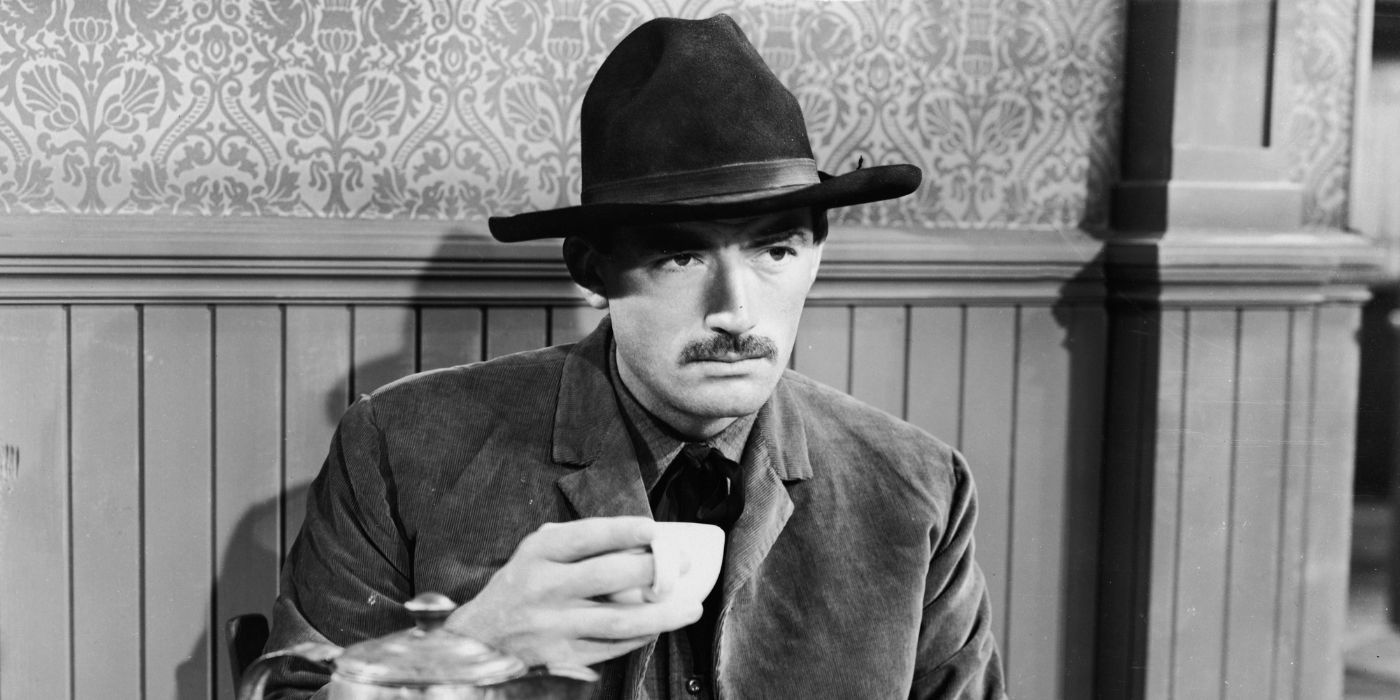 Image via 20th Century Studios
Image via 20th Century Studios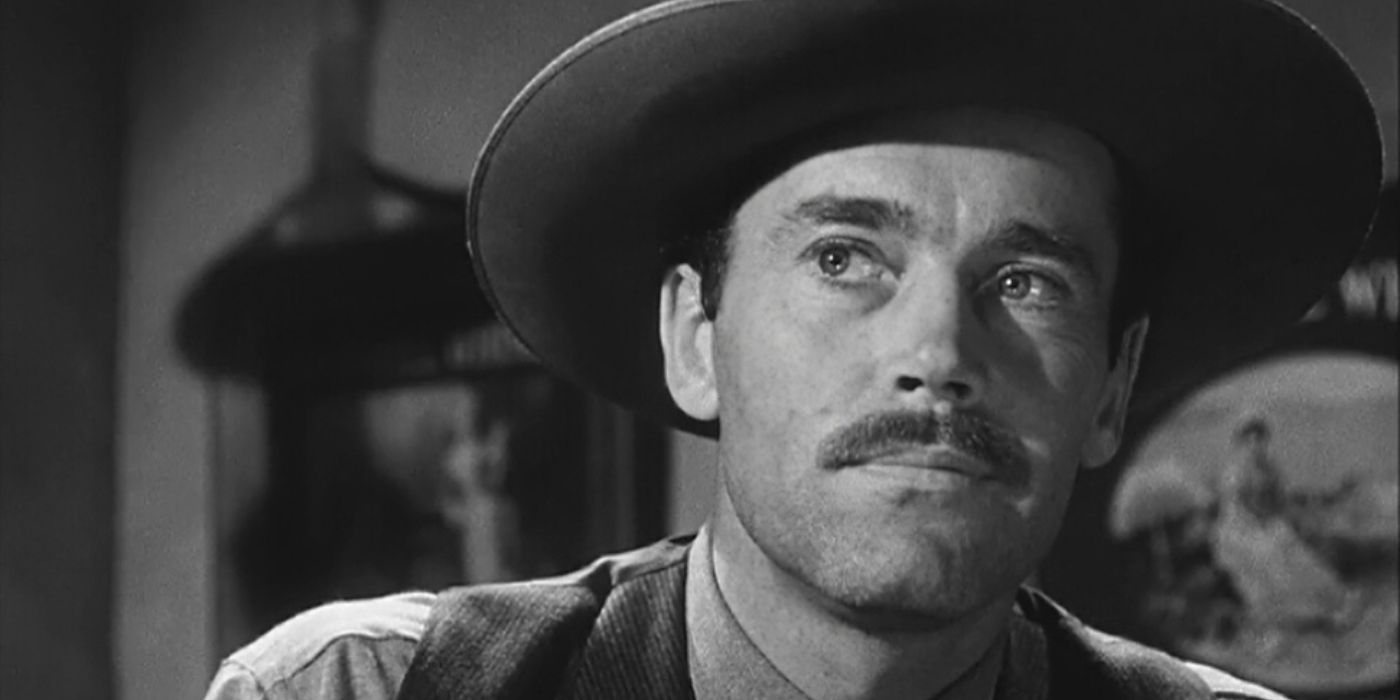 Image via 20th Century Studios
Image via 20th Century Studios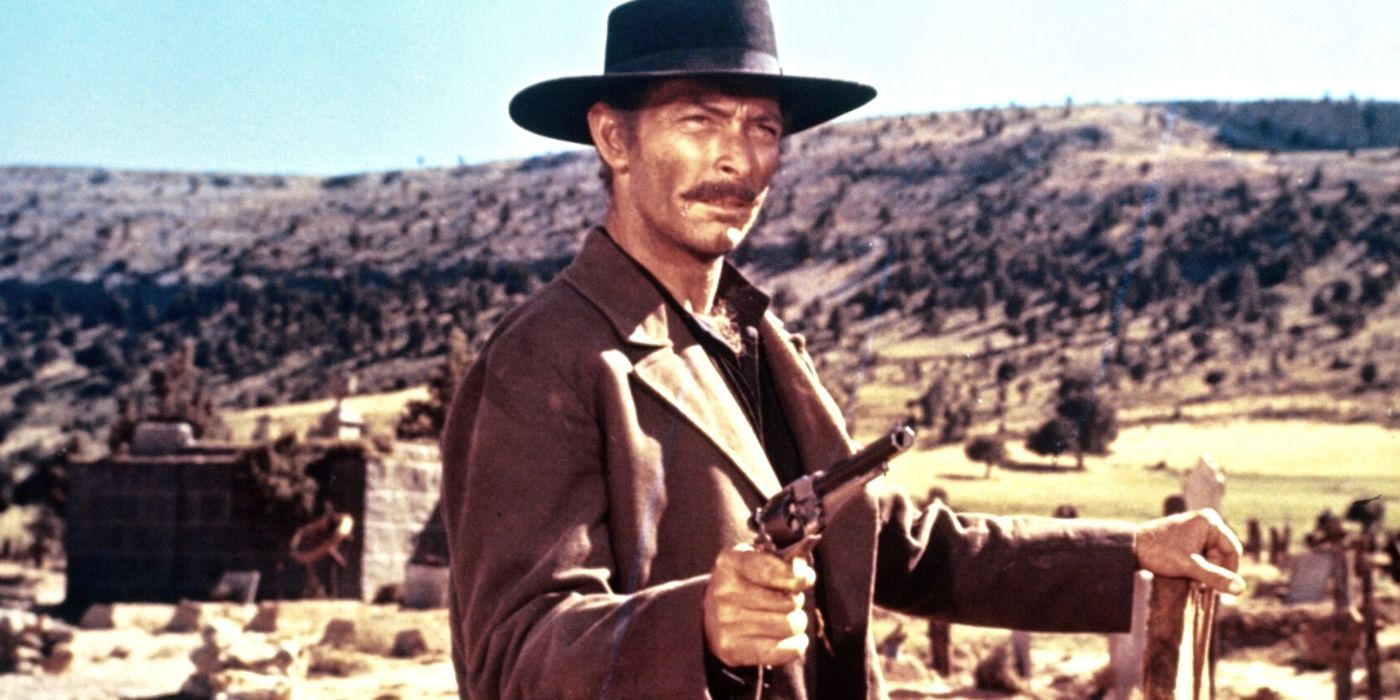 Image via United Artists
Image via United Artists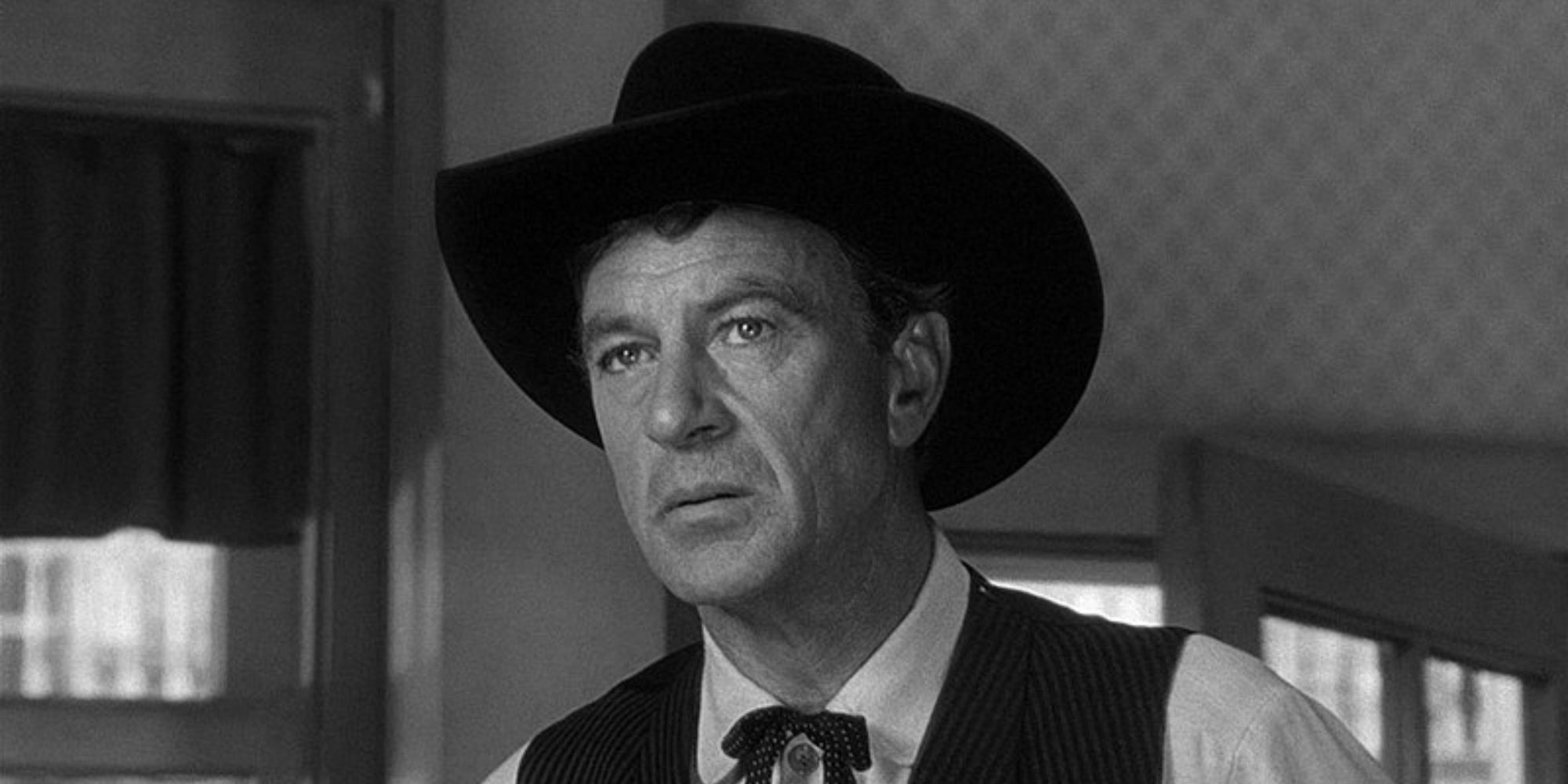 Image via United Artists
Image via United Artists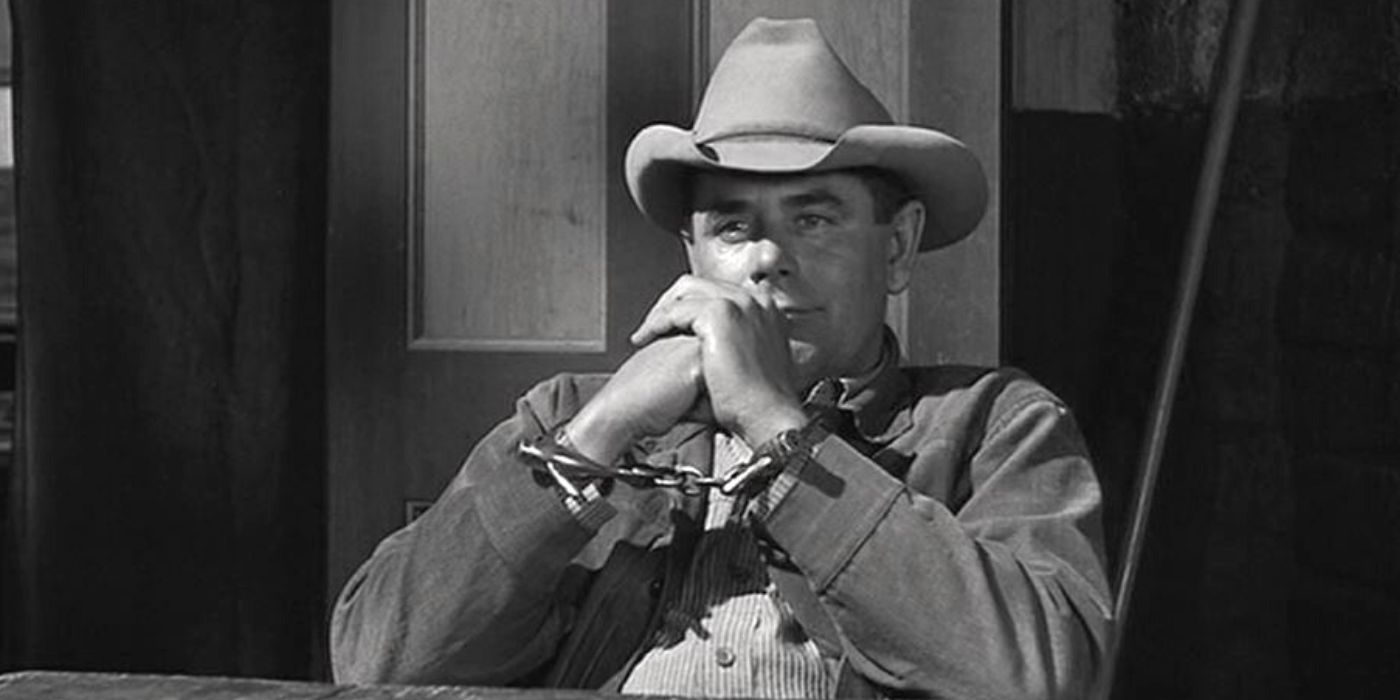 Image via Columbia Pictures
Image via Columbia Pictures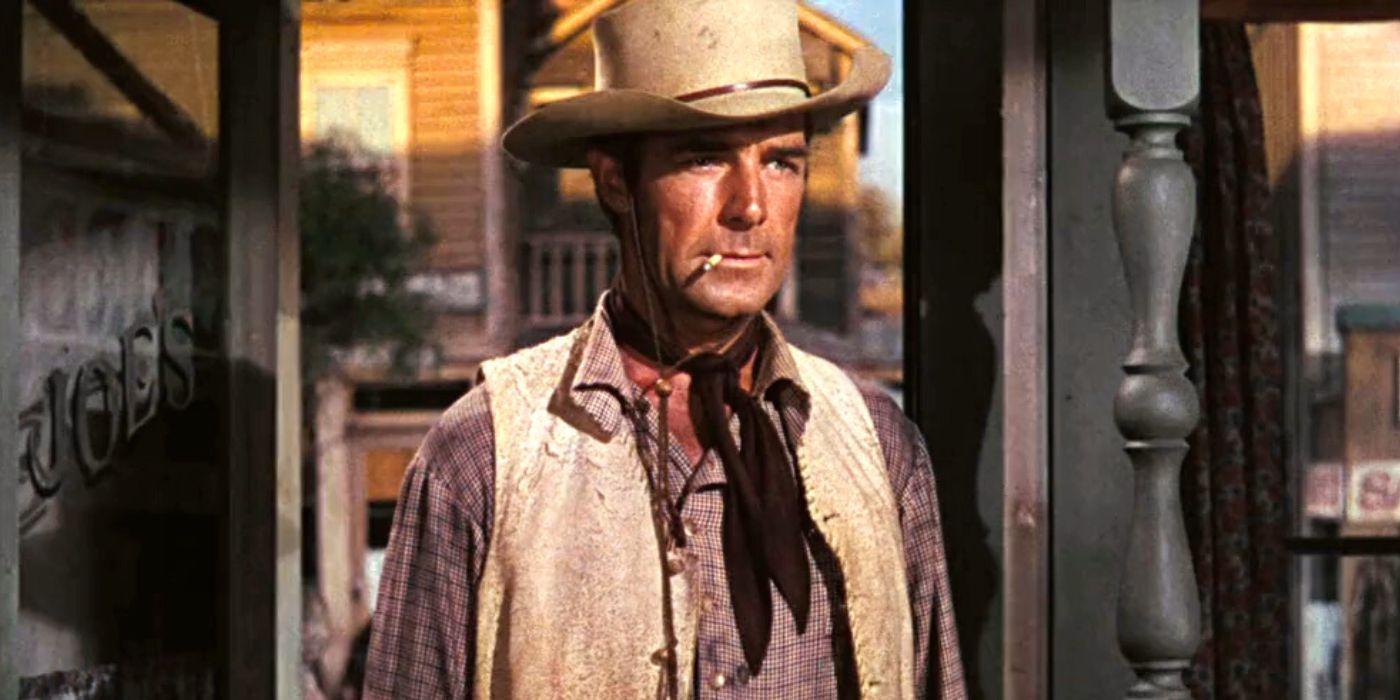 Image via 20th Century Fox
Image via 20th Century Fox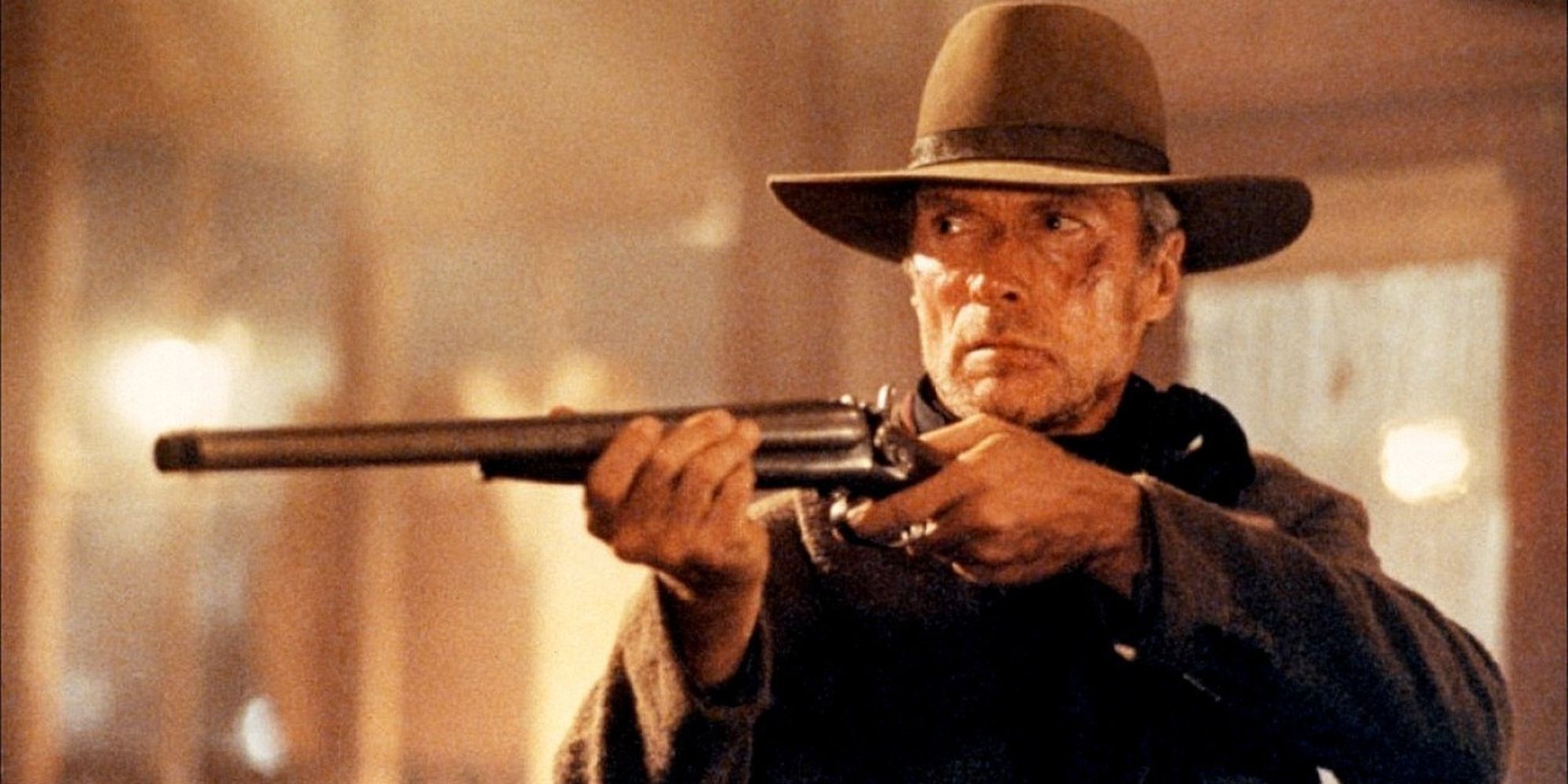 Image via Warner Bros.
Image via Warner Bros.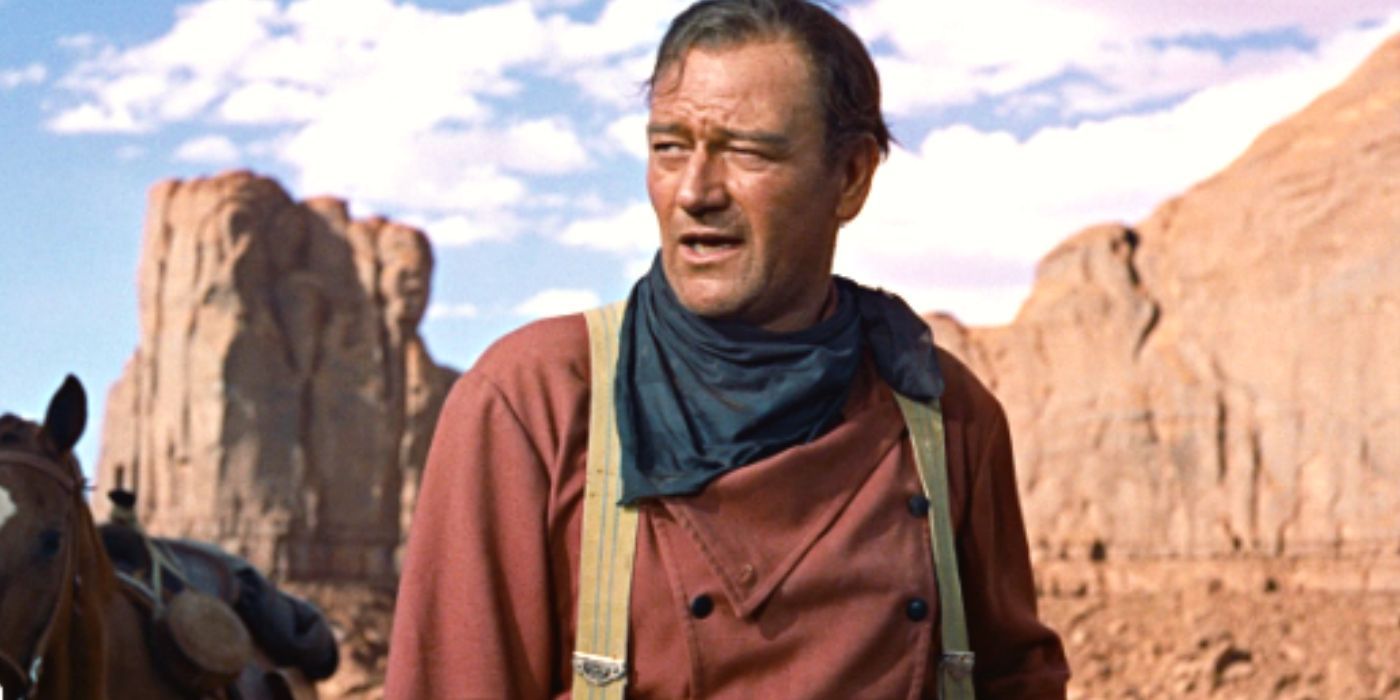 Image via Warner Bros.
Image via Warner Bros.


 John Wayne | Silver Screen Collection/Getty Images
John Wayne | Silver Screen Collection/Getty Images

